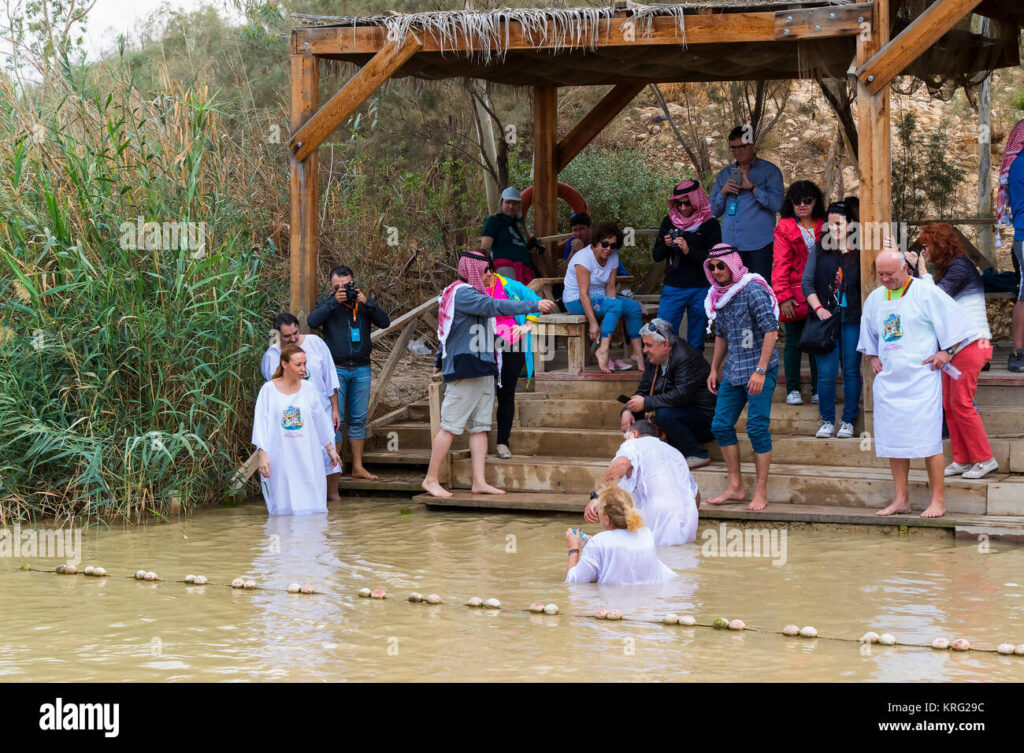Bethabara: Exploring the Historic Site of North Carolina
When you visit North Carolina, you don’t want to miss one of the most important historic sites in the state – Bethabara. Located about 10 miles northwest of Winston-Salem, Bethabara is a preserved Moravian settlement that played a vital role in the history of North Carolina and the United States.
History of Bethabara
Bethabara was established in 1753 as a Moravian settlement. It was the first permanent settlement of the Moravians in North Carolina and was established as a place of religious refuge. The Moravians were a religious group that had fled from religious persecution in Germany.
The settlement was named Bethabara, which is a Hebrew word meaning “house of passage.” It was an apt name, as Bethabara served as a safe haven for the Moravians as they traveled through North Carolina.
At its peak, Bethabara had a population of around 500 people. It was a lively community with a church, school, mill, bakery, and other businesses. The settlement was also a center of learning and culture.
Preservation of Bethabara
In the early 1900s, the village of Bethabara began to decline. In the 1950s, the citizens of Winston-Salem began to recognize the importance of preserving Bethabara and began fundraising efforts to save the historic site.
In 1967, the site was added to the National Register of Historic Places. Since then, the Bethabara Historic District has been preserved and maintained as an educational site.
Things to Do at Bethabara
Today, visitors to Bethabara can explore the site and its grounds, which includes a museum, a Moravian church, the original fort, and the cemetery.
The Bethabara Visitor Center is the starting point for tours of the historic district. Here visitors can learn about the history of the settlement and view artifacts from the period.
The museum at Bethabara features exhibits on the history of the Moravians. Visitors can also explore the original fort, which was built to protect the settlement from attack.
The historic church is another popular attraction at Bethabara. Built in 1788, the church remains in its original condition and was used by the Moravians until the early 1900s.
The cemetery at Bethabara is the final resting place of many of the Moravians who lived in the settlement. Visitors can explore the cemetery and the many headstones that are still standing.
Visiting Bethabara
Bethabara is open year round, although hours may be limited during the winter months. Admission to the site is free, although donations are welcome to help support the preservation of this important historic site.
Bethabara is a must-see for anyone visiting North Carolina. It is a fascinating site that offers visitors a glimpse into the past and a chance to explore a unique part of the state’s history.

